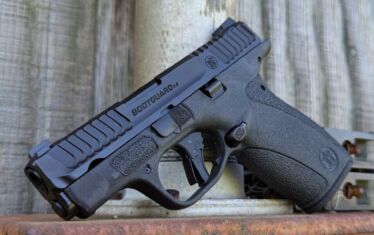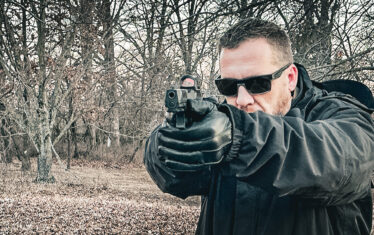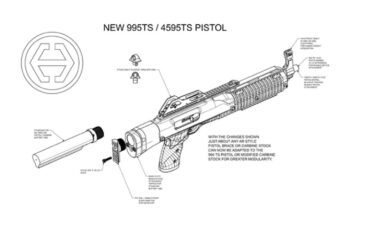Concealed carry has grown from a vague practice conducted only by very few citizens to part of everyday life. It has been interesting to see the rise of shall-issue concealed carry permits followed by the most recent slate of Constitutional Carry states.
It’s fantastic to see more and more American citizens exercising their right to keep and bear arms. With that in mind, no one is perfect, and we all make mistakes. Let’s talk about seven of the most common concealed carry mistakes.
1. Using a Craptastic Holster
The most common concealed carry mistakes come down to holsters. Many people might not skimp on guns or parts and pieces, but for some reason, they’ll use cheap holsters. Let’s say you purchased your firearm and spent $500; why would you spend only $20 on a holster?
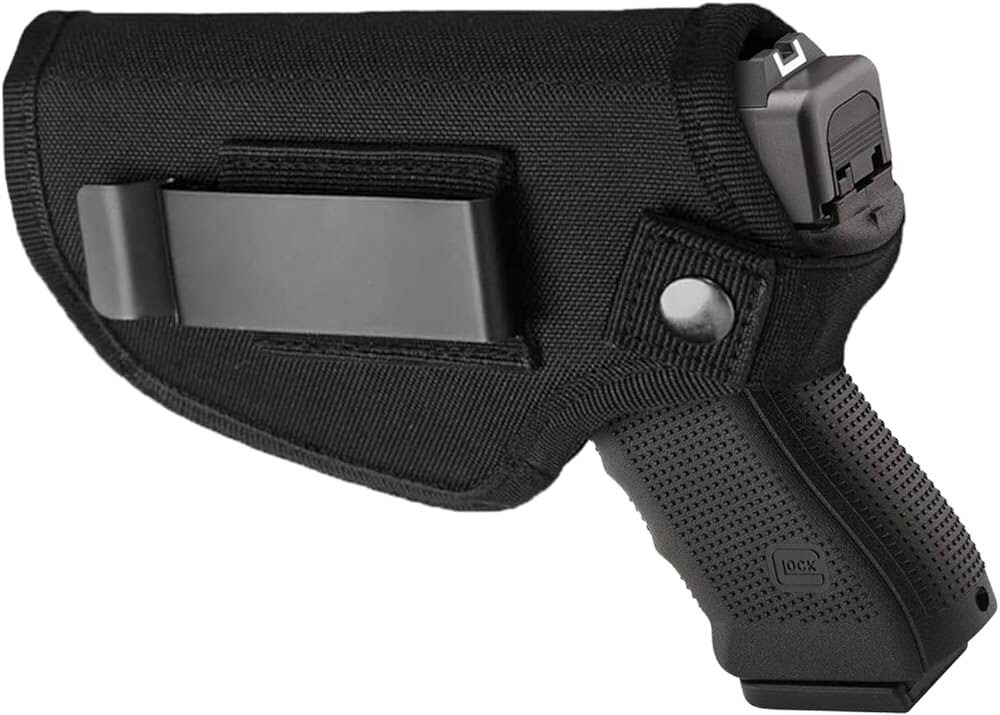
The market is awash in what I call craptastic holsters. Craptastic holders often don’t hold a firearm securely. There’s a place for sewn nylon holsters, but some of the worst ones provide very little support to the gun. It bounces around, secured by a thong and button I wouldn’t trust to hold my pants up, much less secure my gun.
Craptastic holsters often fail to properly protect the trigger, allowing what holster makers call “finger ingress.” This creates a danger to you and everyone around you. These holsters are often made with subpar materials that easily break and snap when used in normal day-to-day environments.
Craptastic holsters make it tough to quickly draw and engage, suck at concealment, and may not properly secure your gun. Go with a trusted name in holsters with a long history of success. Even if what you are after is an entry-level nylon holster, quality still counts.
2. Using the Wrong Holster
You can always get a good holster that’s the wrong holster. Yep, I know I’m being a nuisance, but it’s true. There are plenty of good holsters that don’t work well for concealed carry. For example, a Safariland 7360 accommodates a light and red dot and is trusted by tons of professional users. It is a great holster. It’s secure, durable, easy to draw from, and well respected.

However, it’s not a great holster for concealed carry. It’s huge, sits far from the body, and is aimed at the duty market. This means it doesn’t conceal very easily. In fact concealment is the only thing it’s bad at. Holsters are made for a variety of purposes, and you need to find the right holster for the right application.
Find a quality holster that’s made for concealed carry, something like the Incog X or Schema that scores high on the quality market.
3. Ignoring Your Belt Selection
Okay, you have a good gun and a good holster; now, we need to examine your belt. For most people, a belt is designed to hold your pants up. For a concealed carrier, it’s designed to hold up your pants and your gun. A good concealed carry belt supports the gun.
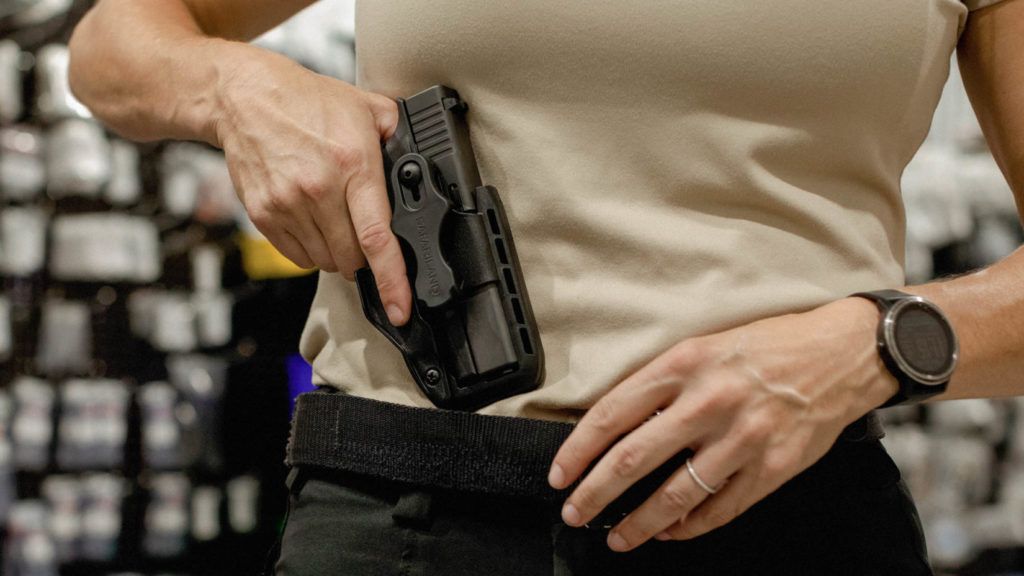
Your typical belt isn’t designed to hold up a heavy load. You need something stiff and, more than likely, something designed explicitly for concealed carry. A belt keeps the gun and holster in one position and provides support that provides a great deal of comfort.
Outside of comfort, a good concealed carry belt keeps the gun from sagging and twisting, which makes it harder to draw. It won’t allow the weight of your gun to pull your pants down. A good belt can go a very long way in terms of carrying a gun.
4. The Touch
New concealed carriers are always easy to spot. They repeatedly reach for and adjust their gun. I call this practice “the touch”.
The touch is what happens when a new concealed carrier isn’t quite comfortable with carrying a gun. They touch it, adjust it, and check to make sure it’s still there. This is pretty innocent as far as concealed carry mistakes go, but it is an easy fix.

It’s a habit that draws tons of attention to the gun. Even people who don’t carry notice the twitches and touches. The touch can only really be beaten by experience. The best way to get over the touch is to carry everywhere and all the time that you legally can.
A great way to get over the touch is to just conceal carry around the house. Make it second nature to carry all the time, and you’ll forget about the touch.
5. Going Too Big or Too Small
It’s easy to carry the wrong gun. What can be frustrating is that it’s really easy to carry a gun that’s too big, and it’s easy to carry a gun that’s too small.
There are lots of factors that go into this conversation, and there is some nuance to the discussion. However, let’s keep it oriented on the new concealed carrier.
If a gun is too big, that doesn’t mean it’s a bad gun. Take the Colt Python, for example. The Python is a great gun, but good luck concealing a .357 Magnum with a 4.25-inch or 6-inch barrel. The Python is well known for its rather obnoxious size.
A gun that is too big is difficult to conceal and typically uncomfortable to carry. While it shoots well and is plenty accurate, it’s tough to conceal.
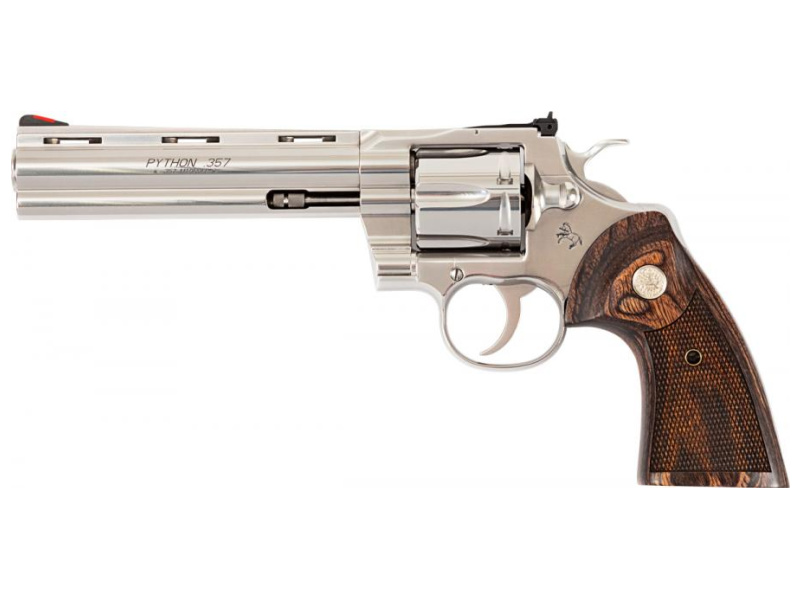
On the opposite end of the spectrum, a lot of people are drawn to the pocket-sized .380 ACPs because they’re just so small and easy to carry. Where things go wrong is that this kitten in the pocket is a titan in the hand.
These super lightweight, ultra-small guns have harsh recoil, which makes them tough to shoot and uncomfortable to train with. Something like the Sig P365 often meets the sweet spot where size and firepower balance with ease of control and concealment.
6. Not Training
I don’t think training should be mandated to carry or own a firearm. That said, I do encourage anyone who carries a firearm to train with that firearm.
It is a common misconception that being able to hit a target is the only skill required for defensive shooting. This is one of the most significant mistakes made by concealed carry permit holders.
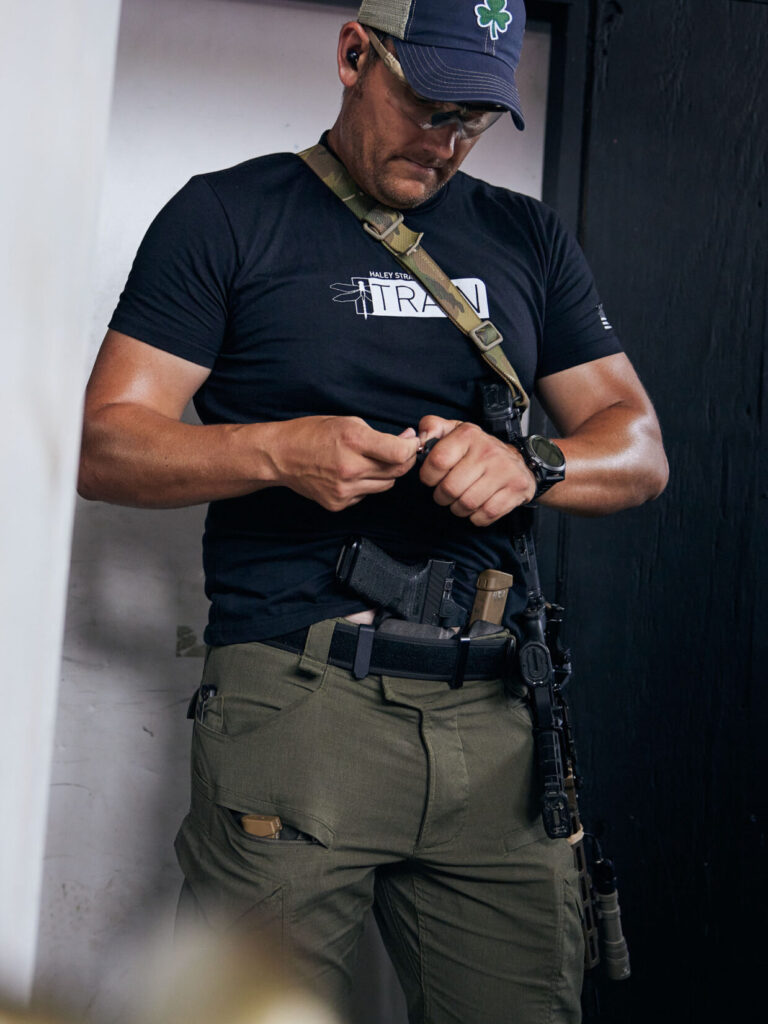
Good firearms training won’t just make you a more accurate shooter. Hitting a target is important, but so is being able to control your gun to hit that target rapidly. The ability to draw your firearm, use cover, shoot from multiple positions, and beyond are all-important skills to know and develop under the watchful eyes of competent instructors. Seeking out professional instruction is critical.
After obtaining that training, you must keep practicing what you have been taught. Firearms skills are something that you can lose if you don’t continue to practice and train.
7. Having the Wrong Mindset
Carrying a firearm does not make you John Wick, John Wayne, or a tough guy in general. You should never carry a firearm to feel like a tough guy. This is the wrong mindset to have when you carry a firearm. I’m happy to say that as far as concealed carry mistakes go, this one is pretty rare.
It’s not about being tough; it’s about self-protection. When you are carrying a firearm, your mindset should not be one that encourages you to take additional risks.
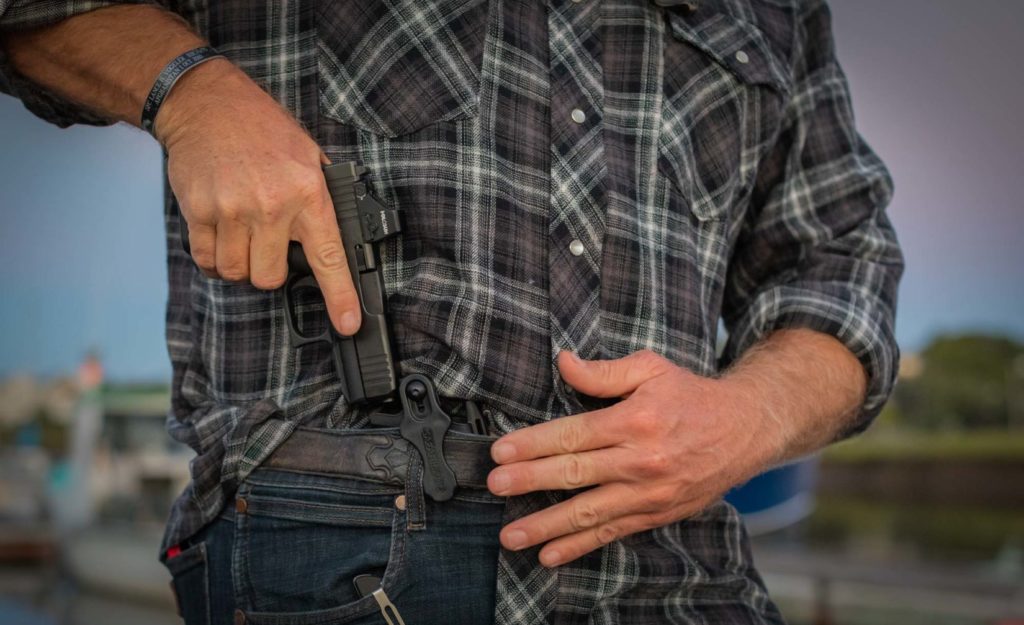
In fact, it should have the opposite effect. You should take less risks. Avoid locations where danger might be higher. Your primary concern should be deterrence, avoidance, and de-escalation.
I typically follow the sage advice, “Avoid stupid people, stupid places, and stupid times.” Your mindset should be one that avoids confrontation at all costs, and you should only employ your firearm when there isn’t any other option.
Carry On
We all make mistakes. I’m guilty of quite a few of the above concealed carry mistakes, and I’m betting most of us are. We all have experience with crappy holsters and likely guns too big to carry and too small to shoot comfortably. Mistakes happen, but hopefully, we can learn from our mistakes!

